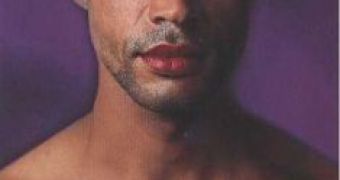There are many public persons, hidden gays, like actors or singers, which consider that they have managed to fool us for a lifetime. Besides the fact that this is hard to do, in fact we are able to assess sexuality in just one fraction of second, just based on some photos. This is now a scientifically proven fact, stated in a research published by a team at Tufts University in Medford, Massachusetts, in the Journal of Experimental Social Psychology.
This discovery enhances the increasingly accepted theory that the subconscious mind spots and is much more responsible of how we behave than previously imagined.
The same team made of psychologists Nalini Ambady and Robert Rosenthal carried out, in 1994, a research in which the subjects were presented 2-second video clips of professors teaching. The volunteers emitted opinions about the professors' teaching abilities that proved to be extremely similar to the scores accorded by students at the end of a semester.
The team has sought to discover other person-related aspects that humans can detect in a glance. They tried with sexual orientation. The volunteers, both men and women, watched photos of 90 faces of gay men and heterosexual men for intervals varying from 33 milliseconds to 10 seconds.
When subjects could see the photos for at least 100 milliseconds, they correctly uncovered sexual orientation in about 70% of the cases. Accuracy decreased below 100 milliseconds but did not get any better for longer durations of the presentation.
"What is most interesting is that increased exposure time did not improve the results," said Ambady.
"Romantic attraction likely works just as fast. If people make accurate judgments about sexually relevant aspects of a person this quickly, you have to stop and wonder how we size up one another's romantic potential in a matter of milliseconds," said psychologist Paul Eastwick from Northwestern University in Evanston, Illinois.
"The finding demonstrates the brain's remarkable ability to make fast yet accurate appraisals. Still, with some of the images, accuracy regularly fell below 50%. It's possible that some faces are just hard to read," said psychologist David Kenny from the University of Connecticut.

 14 DAY TRIAL //
14 DAY TRIAL //